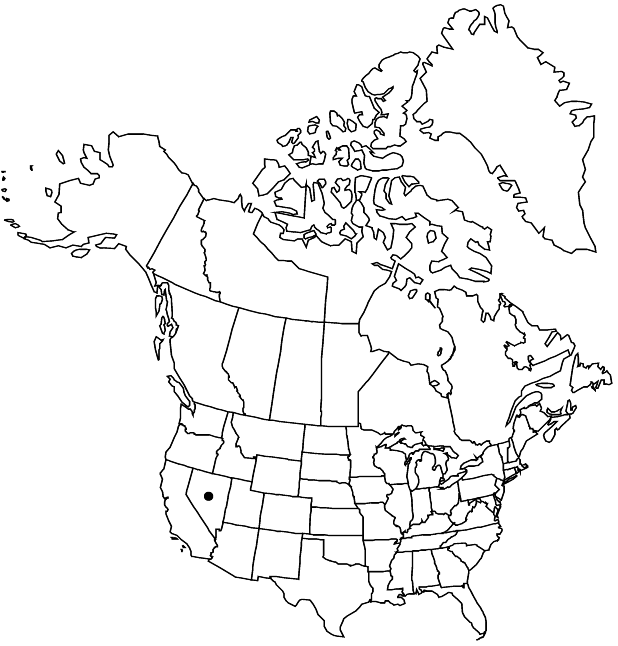Primula capillaris
Brittonia 26: 313, fig. 3. 1974 ,.
Plants 1.5–5(–6) cm, herbaceous; rhizomes short, stout; rosettes not clumped; vegetative parts efarinose. Leaves not aromatic, indistinctly petiolate; petiole narrowly winged; blade without deep reticulate veins abaxially, linear-oblanceolate, 1–6 × 0.1–0.5 cm, thick, margins entire, apex rounded, surfaces glabrous. Inflorescences 1(–2)-flowered; involucral bracts plane, unequal. Pedicels erect, thin, 2–12 mm, length ca. 1–2 times bracts, flexuous. Flowers heterostylous; calyx green, narrowly campanulate, 4–8 mm; corolla magenta-violet with bluish tinge, tube 5–8 mm, length 0.9–1.2 times calyx, eglandular basally, sparsely glandular distally, limb 5–8 mm diam., lobes 2–4 mm, apex emarginate. Capsules cylindric, length 1 times calyx. Seeds unknown.
Phenology: Flowering summer.
Habitat: Turf mats in wetland margin areas on soils derived from glacial till
Elevation: 2700-3200 m
Discussion
Of conservation concern.
Primula capillaris is narrowly distributed in the alpine tundra of the Ruby Mountains in northern Nevada. It resembles P. angustifolia; it differs in its narrow, upright leaves and smaller flowers with a bluish tint. The plants are the smallest among the species in sect. Parryi and are related to the widespread polymorphic P. cusickiana. Unlike the infraspecific varieties of P. cusickiana, P. capillaris is a morphologically well-differentiated taxon marked by its diminutive, delicate appearance and characteristic leaf shape.
Selected References
None.
